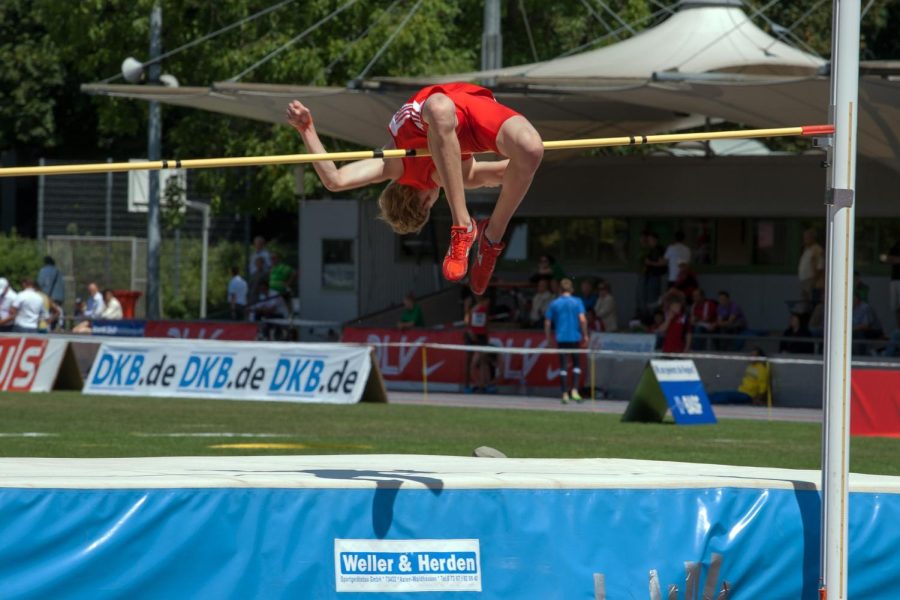Dick Fosbury: From Zero to Hero
May 20, 2022
It was the 1968 Summer Olympics in Mexico. A new unheard name from team USA was about to jump. 80,000 spectators were watching. As he jumped and flopped over the bar with his brand new unconventional technique, people went crazy.
Was the technique even legal? What was he even doing? Nothing in the rule book stated that the technique was illegal, so he kept on jumping. He ended up breaking the Olympic record of 7 feet 4 inches and getting gold. But how did he even get there?
Fosbury started out in high school, when he started doing track and field after getting rejected from every other sport for not being good enough. He realized that his only chance of staying on the team was high jump.
He was still the worst high jumper on the team, not even being able to clear 5 feet with the mainly used straddle technique. He decided to do a modified scissor kick technique instead, taking advantage of the new foam mats added to the event, since straddle was too complicated for him. He now was able to clear 5 feet 4 inches. His coach encouraged him to do the straddle technique, but he did not listen.
As the years went on, his modified scissor technique evolved into a complete back first “flop” over the bar, and his jumps got higher. He broke the school record with his new technique, and qualified for the 1968 Olympics.
After winning the high jump in the Olympics, Many people criticized his new technique. One local newspaper said that he looked like “a fish flopping in a boat” while another called him the “World’s Laziest High Jumper”.
US high jump coach John Tansley said “Few athletes in history have done their thing as uniquely as Dick Fosbury. He literally turned his event upside down.”.
After the Olympics, he faded out of the high jump scene and got a degree in civil engineering. Although he only jumped in the Olympics once and never again, he had already left his legacy. By the next Olympics in 1972, 28 out of 40 competitors were using his technique, and by 1988, the straddle technique was gone.
“I thought that after I won the gold, one or two jumpers would start using it, but I never really contemplated that it would become the universal technique,” Fosbury said in 2012. “Yet, it only took a generation.”











